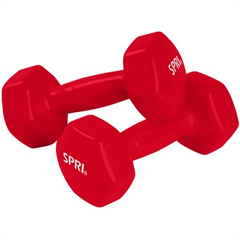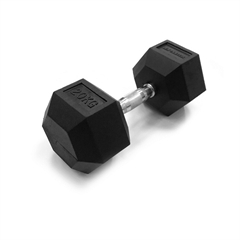The kettlebell swing is indeed a full-body workout that engages multiple muscle groups and provides a range of benefits. Here’s how the kettlebell swing works as a comprehensive exercise:
- Legs and Glutes: The primary driver of the kettlebell swing is the hip hinge motion, which activates the muscles in your hamstrings and glutes. This movement is similar to a deadlift and helps strengthen your posterior chain.
- Core: To stabilize your spine and maintain proper form during the swing, your core muscles, including the abdominals and lower back, are heavily engaged. This strengthens your core and helps improve posture.
- Shoulders and Upper Back: The initial swing movement relies on your shoulders and upper back muscles to create the momentum needed to swing the kettlebell upward. This works your deltoids, trapezius, and rhomboids.
- Forearms and Grip Strength: As you hold onto the kettlebell handle and control its movement, your forearms and grip strength are continually challenged. Over time, this can lead to improved grip strength and forearm endurance.
- Cardiovascular Conditioning: Kettlebell swings can be performed in a fast, explosive manner, making them an effective cardiovascular exercise. They elevate your heart rate and can be used for high-intensity interval training (HIIT) or as part of a conditioning workout.
- Explosive Power: The hip snap and forceful extension of your hips at the top of the swing generate explosive power, making the kettlebell swing a valuable exercise for athletes in sports that require power and explosiveness.
- Flexibility and Mobility: Performing kettlebell swings requires good hip mobility and flexibility. Regular practice can improve hip flexibility and overall mobility.
- Fat Loss: Kettlebell swings can help with fat loss by burning a significant number of calories in a relatively short amount of time. They also promote the afterburn effect, where your body continues to burn calories post-workout.
To perform a kettlebell swing correctly and get the full-body benefits, it’s crucial to maintain proper form. Here’s a basic guide to performing the kettlebell swing:
- Stand with your feet shoulder-width apart and the kettlebell a short distance in front of you.
- Bend at the hips and knees to reach for the kettlebell, keeping your back straight and chest up.
- Grasp the kettlebell handle with both hands, hinge at the hips, and drive your hips forward to swing the kettlebell upward.
- At the top of the swing, your arms should be parallel to the ground, and the kettlebell should be at chest height.
- As the kettlebell descends, hinge at the hips again, and let it swing back between your legs.
- Use the momentum to initiate the next swing.
Always start with a lighter kettlebell to practice proper form before progressing to a heavier weight. As with any exercise, if you’re new to kettlebell swings, consider seeking guidance from a certified kettlebell instructor to ensure you’re performing them correctly and safely.


















